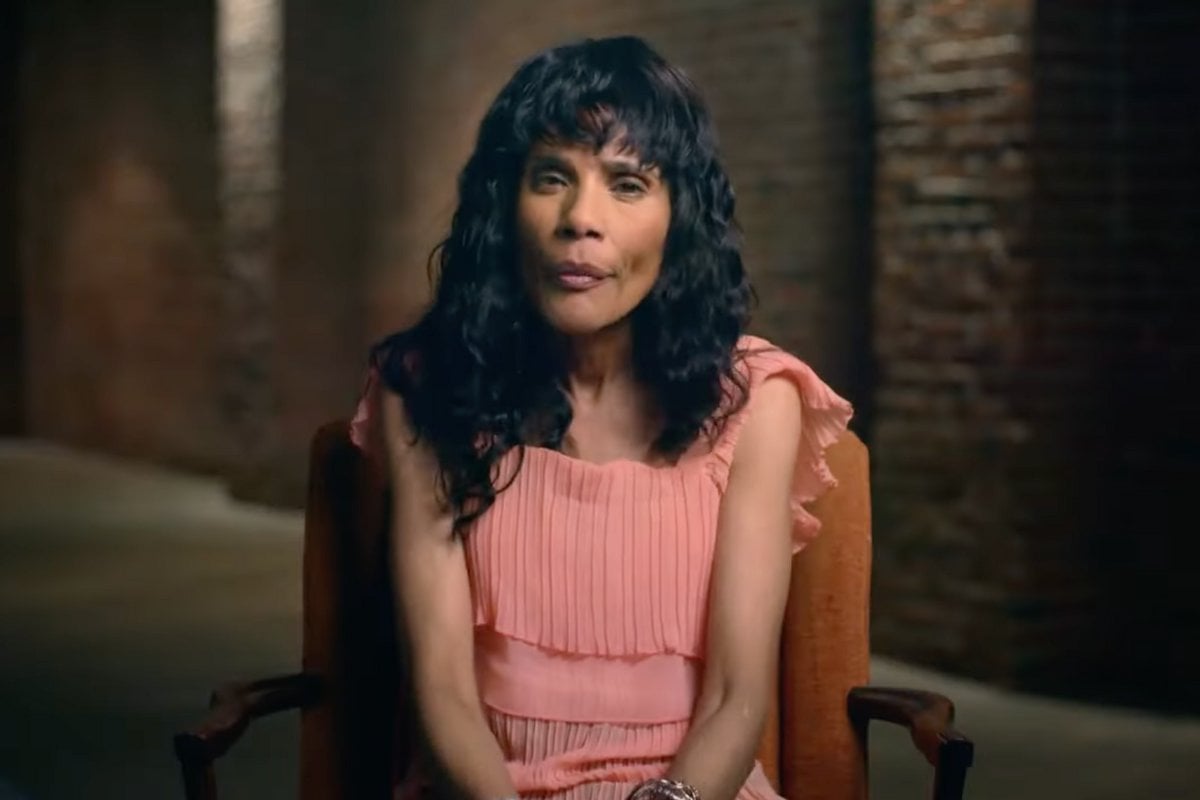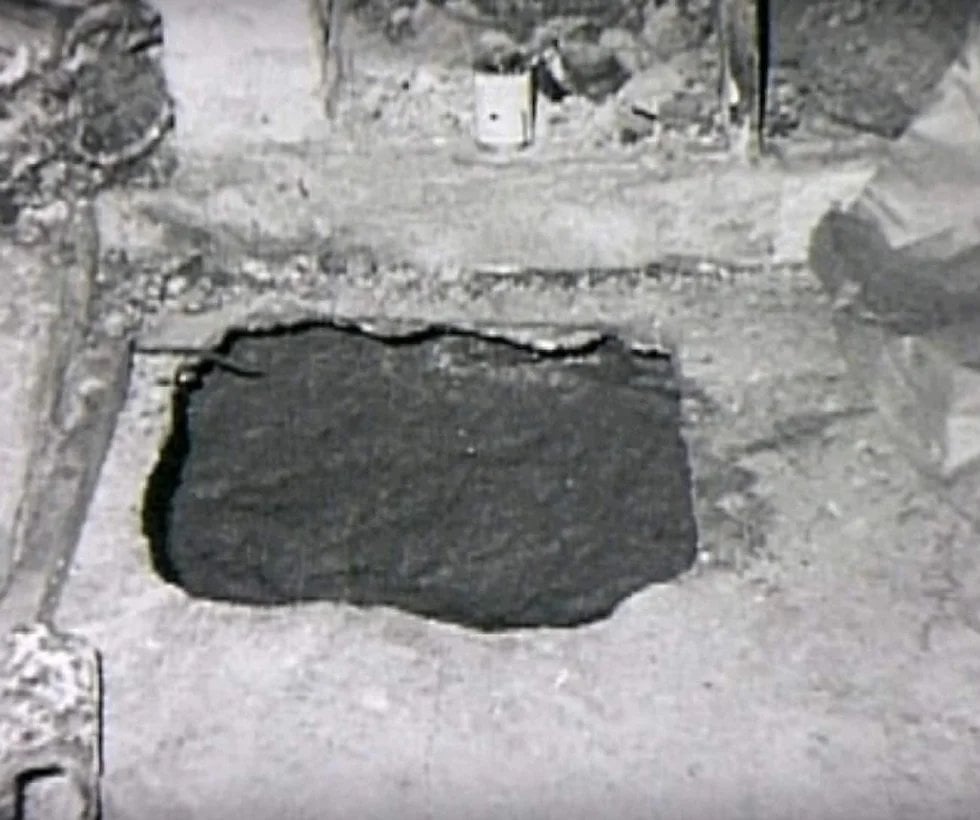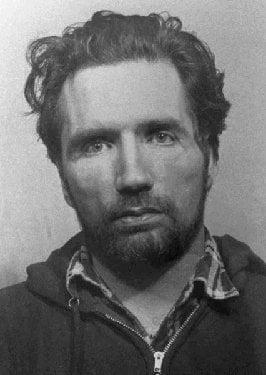
The history books have long told of violent, unspeakable atrocities against women. Back in the '70s and '80s, several serial killers unleashed horrific acts of abuse, claiming the lives of many innocent women.
But one of these murderers, Gary Heidnik was stopped thanks to the actions of a woman who risked her life to save herself and others from a terrible fate. But to save herself and others, Josefina Rivera had to see and do things so awful it's hard to believe they really happened.
While the tragic series of events around the killer known as 'The Bishop' (Heidnik had started his own church, fashioning himself as its leader) was widely covered in the media at the time, Josefina was recently spoken about how she made her escape from a depraved monster — an incredible tale which has now been documented in a recent episode of People Magazine Investigates: Surviving a Serial Killer.
Watch the trailer for People Magazine Investigates: Surviving a Serial Killer. Post continues below.
On November 26, 1986 Josefina Rivera was a 25-year-old mother-of-three who had been battling a drug addiction, and had been funding her habit through sex work. She had lost custody of her three children and was told that the only way she would have them returned to her care was if she had a stable financial income and living quarters.
The only way Josefina knew how to make that happens was to continue undertaking sex work in order to bring in more money.
She had a rule for herself, though, when entertaining clients: she would never go home with them. But one, when a well-dressed man driving a nice car pulled up beside her on the street, Josefina decided to make an exception to her usual practice.


Top Comments